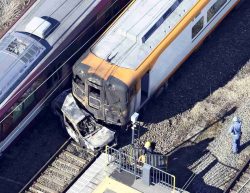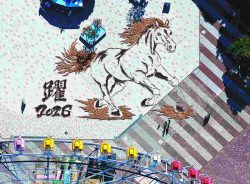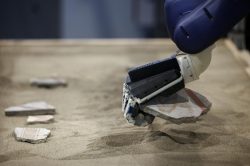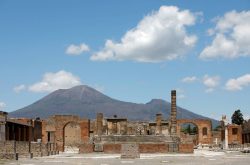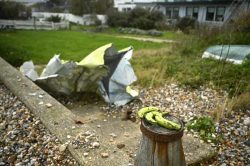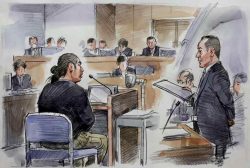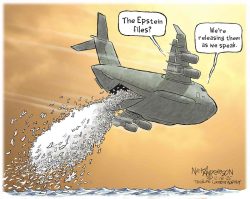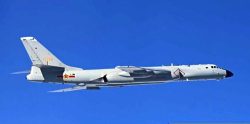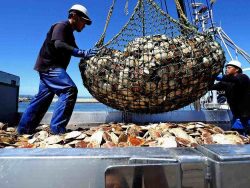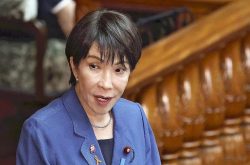Japan’s Kishida States Intention to Expand Medical Relief for ‘Hibaku Taikensha’; Central Govt Plans to Appeal Nagasaki Court Ruling
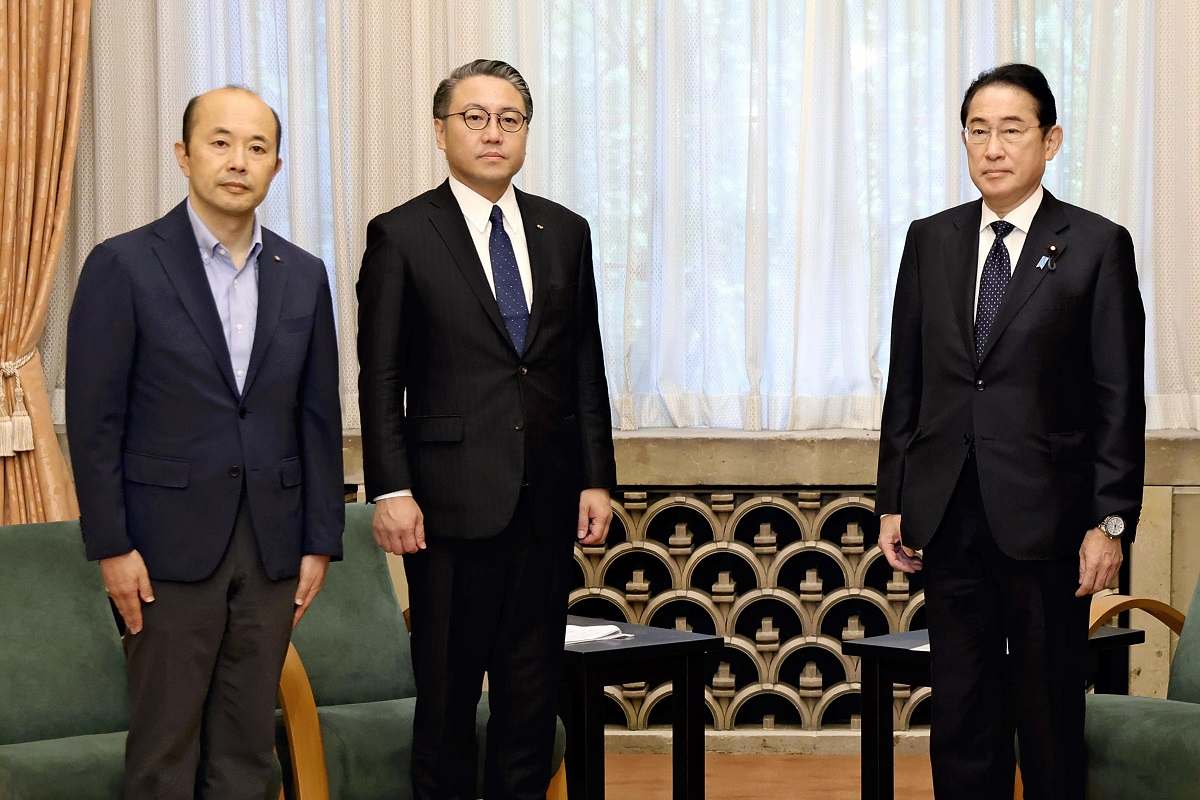
Prime Minister Fumio Kishida, right, meets with Nagasaki Gov. Kengo Oishi, center, and Nagasaki Mayor Shiro Suzuki at the Prime Minister’s Official Residence in Tokyo on Saturday.
16:44 JST, September 21, 2024
Prime Minister Fumio Kishida on Saturday expressed his intention to entitle people who were outside the area of radiation exposure designated by the government when the atomic bomb was dropped on Nagasaki to medical relief equivalent to that of officially recognized hibakusha atomic bomb survivors.
Kishida said the central government intends to appeal the Nagasaki District Court’s Sept. 9 ruling, which recognized only some of the “hibaku taikensha” plaintiffs as hibakusha.
Kishida made the remarks to reporters after meeting with Nagasaki Gov. Kengo Oishi and Nagasaki Mayor Shiro Suzuki at the Prime Minister’s Official Residence.
The medical assistance will be made available to all of the about 6,300 hibaku taikensha in Nagasaki, not just the plaintiffs. Hibaku taikensha refers to those who were within a 12-kilometer radius of the hypocenter of the atomic bombing but were outside the relief zone designated by the central government under the A-Bomb Survivors’ Support Law.
Currently, those who were outside the government-designated relief zone have medical expenses for mental disorders associated with their atomic bombing experience, such as depression and insomnia, as well as accompanying complications covered.
The central government now intends to expand medical relief for them, equivalent to that of hibakusha, who are eligible for exemptions from medical expenses for a wide range of diseases, including general illnesses, in principle.
Kishida said the central government intends to make the system more convenient by no longer requiring hibaku taikensha to receive a referral from a psychiatrist before receiving medical benefits. He said he intends to make the change as early as within the year.
The central government plans to discuss the specifics of the system with the Nagasaki prefectural and city governments.
The central government intends to appeal the district court ruling, claiming that the ruling differs from its position on areas where so-called black rain containing radioactive materials fell. Health, Labor and Welfare Minister Keizo Takemi, who also attended the meeting on Saturday, told the Nagasaki governor and mayor that the central government has no choice but to appeal the court decision. The local leaders reportedly responded by saying that they would take the matter seriously.
Kishida met with hibaku taikensha for the first time in Nagasaki on Aug. 9 and instructed Takemi, who was present at the meeting, to coordinate specific measures toward a reasonable solution. After that, the Nagasaki District Court ruled that black rain had fallen in the eastern part of Nagasaki. Of the 44 plaintiffs, including four who have died, the court recognized 15 of them, including two of whom had died, as hibakusha and ordered the issuance of Atomic Bomb Survivor’s Certificates for the 15.
In a case concerning the atomic bombing of Hiroshima, the Hiroshima High Court ruled in 2021 that people who had been exposed to black rain were hibakusha, even if they were outside the area specified by the relief law. This ruling has been finalized.
In 2022, the central government began providing them with relief based on the new criteria for recognizing hibakusha, but Nagasaki were not subject to the new relief program.
"Society" POPULAR ARTICLE
-

M4.9 Earthquake Hits Tokyo, Neighboring Prefectures
-

M7.5 Earthquake Hits Northern Japan; Tsunami Waves Observed in Hokkaido, Aomori and Iwate Prefectures
-

Tsukiji Market Urges Tourists to Avoid Visiting in Year-End
-

Israeli Tourists Refused Accommodation at Hotel in Japan’s Nagano Pref., Prompting Protest by Israeli Embassy and Probe by Prefecture
-
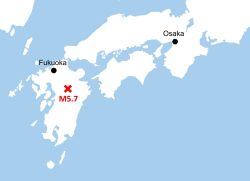
M5.7 Earthquake Hits Japan’s Kumamoto Pref., Measuring Upper 5 Intensity, No Tsunami Expected
JN ACCESS RANKING
-

Keidanren Chairman Yoshinobu Tsutsui Visits Kashiwazaki-Kariwa Nuclear Power Plant; Inspects New Emergency Safety System
-

Imports of Rare Earths from China Facing Delays, May Be Caused by Deterioration of Japan-China Relations
-

University of Tokyo Professor Discusses Japanese Economic Security in Interview Ahead of Forum
-

Japan Pulls out of Vietnam Nuclear Project, Complicating Hanoi’s Power Plans
-

Govt Aims to Expand NISA Program Lineup, Abolish Age Restriction


